Constellation I
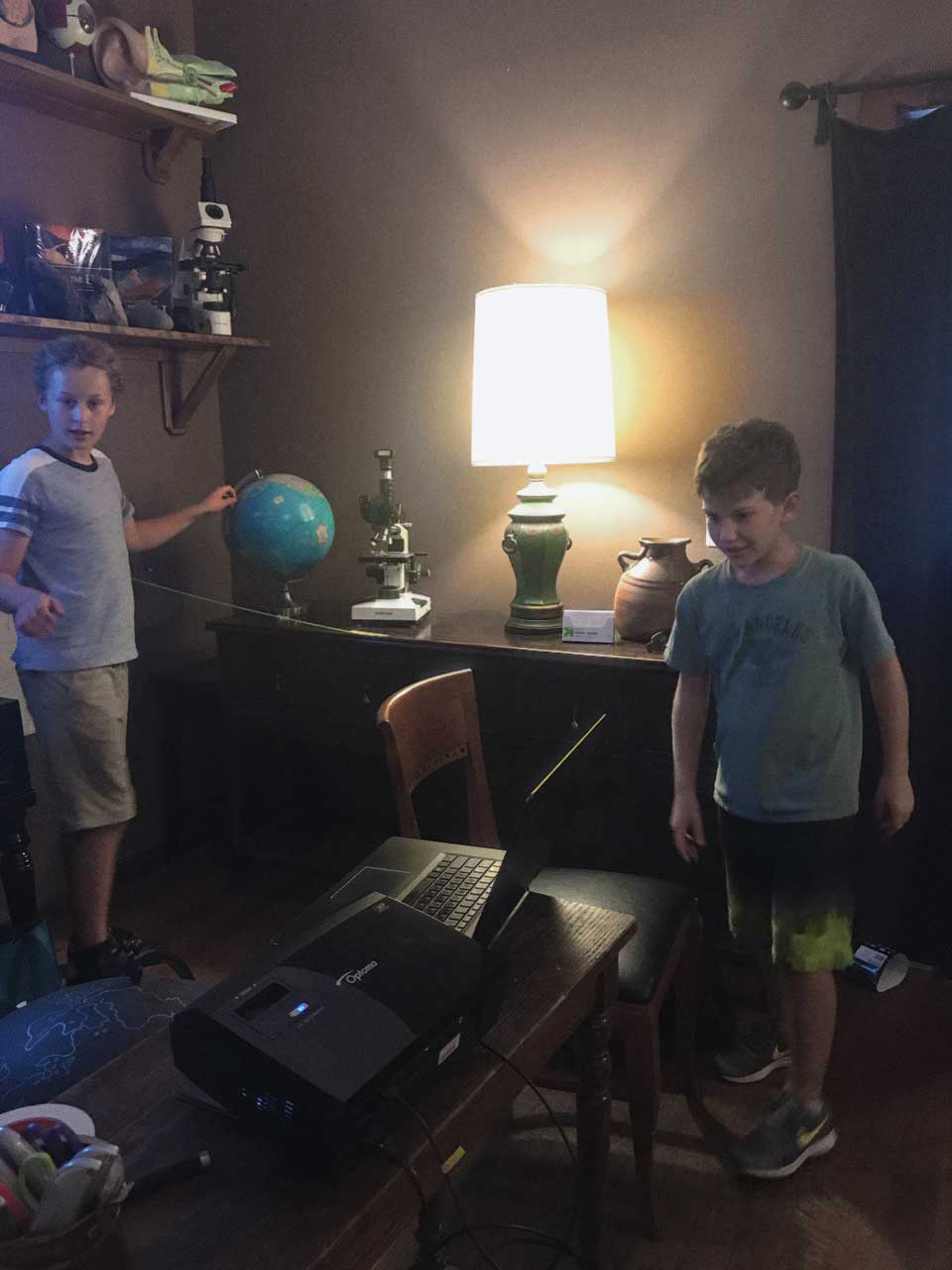
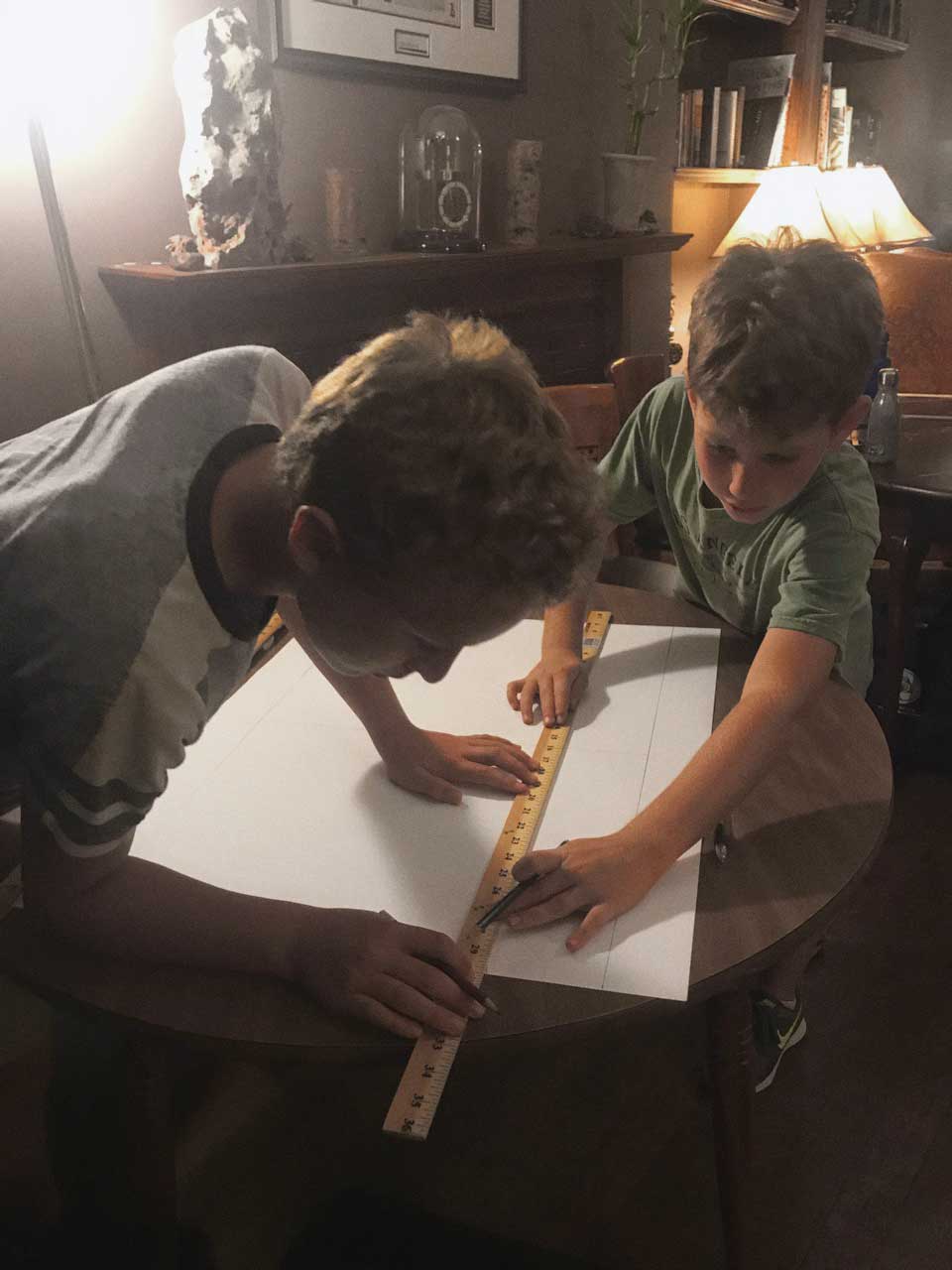
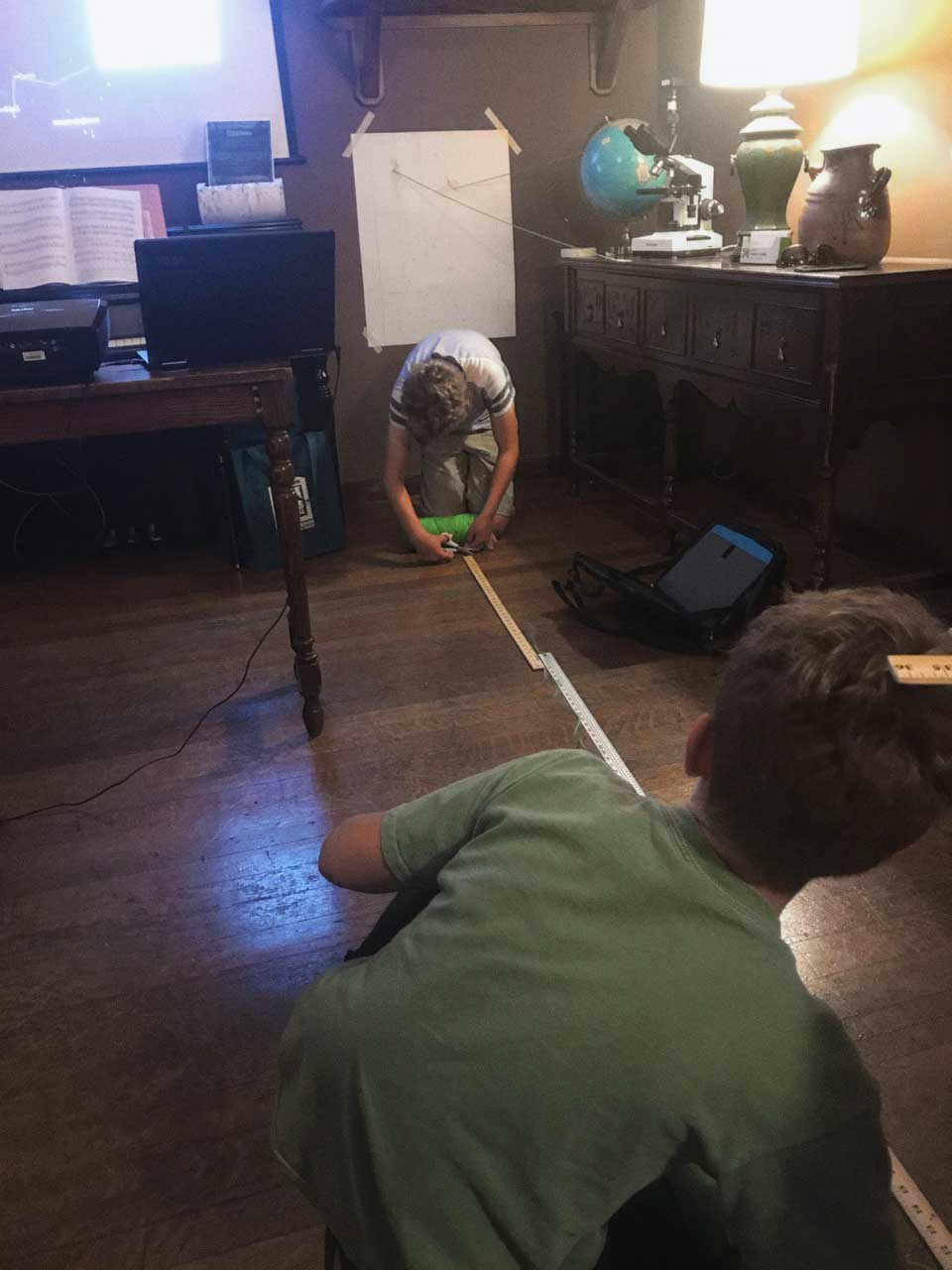


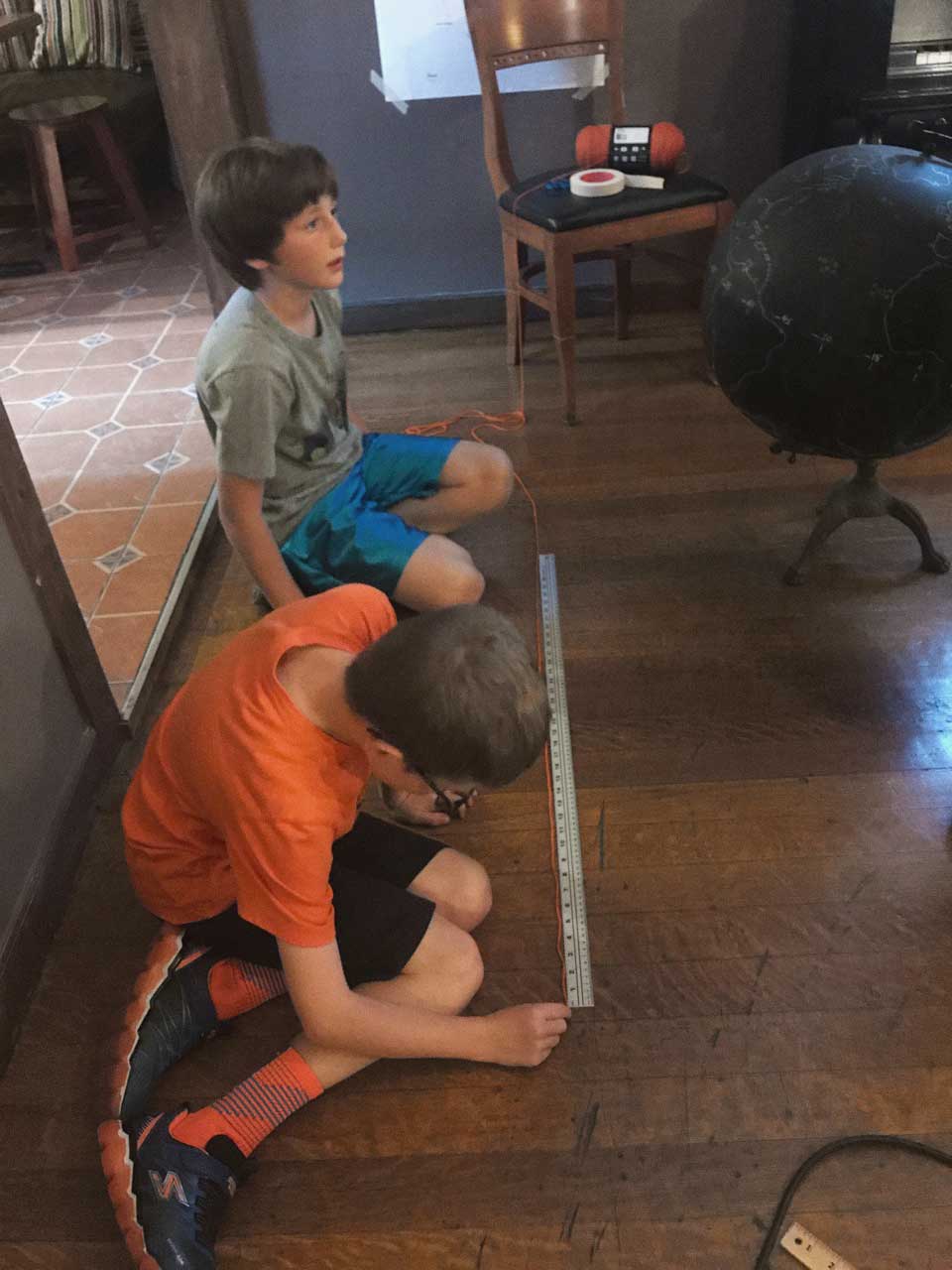
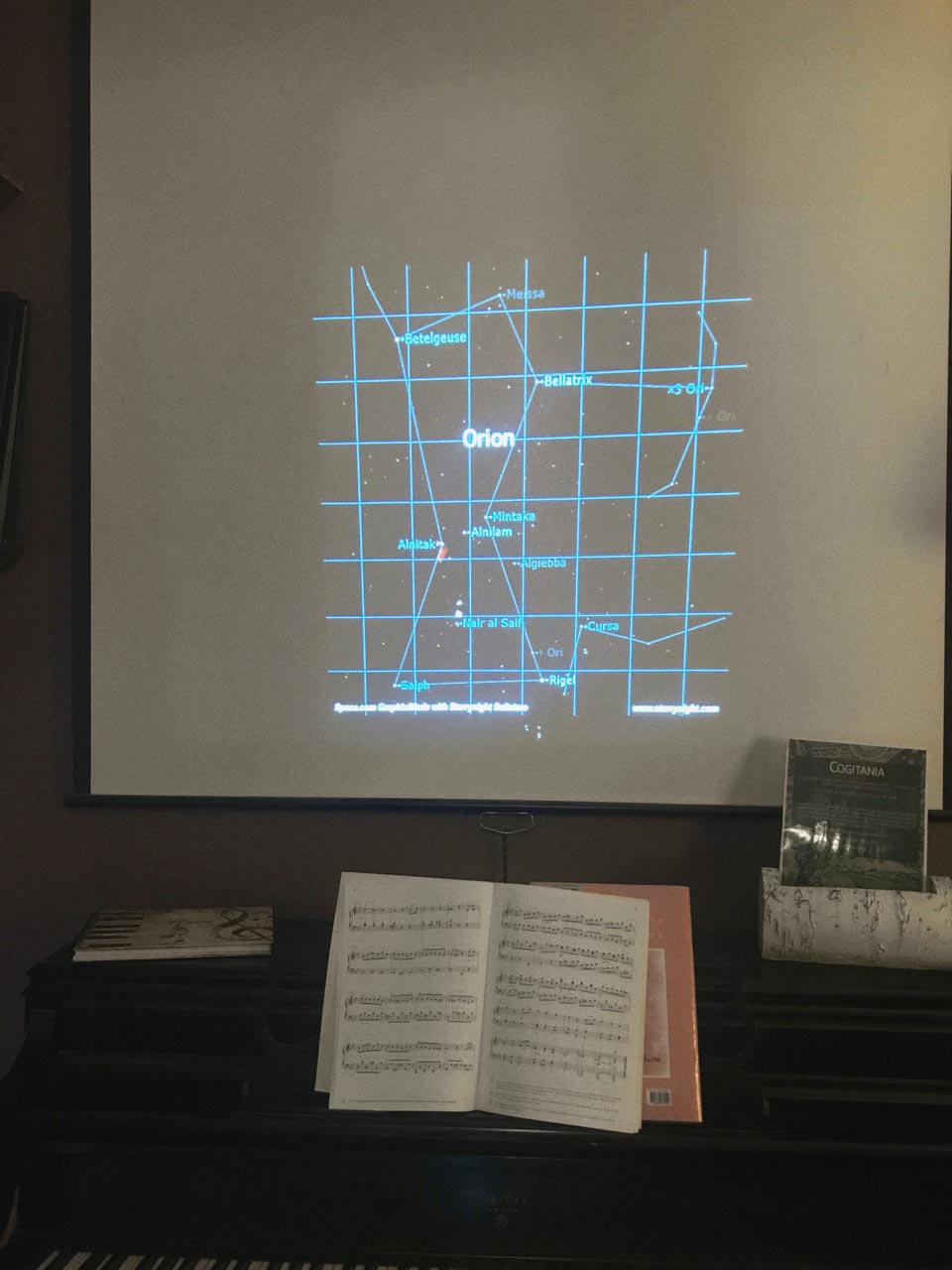
It has been a delight to see your kids explore our first topic in astronomy — constellation.
Our first astronomy session focused on constellations. We talked about the difference between constellations as we know them and constellations as astronomers define them. We mapped out a popular and easily identified constellation – Orion – to begin building the math, mapping, and critical-thinking skills needed to do astronomy.
After mapping Orion, we used string to model the distances of the stars in this constellation from Earth. This helped students get a good perspective on the locations of these stars relative to each other. We compared the distances from earth to the visual brightness (magnitude, or how bright a star would appear to us from earth) and the actual brightness (luminosity, or how bright each star would appear if all stars were the same distance from us). This showed us that the brightest stars in our night sky are not necessarily the closest. They also aren’t necessarily the brightest if viewed from the same distance as the others. Both distance and actual brightness play a role in how bright a star looks from earth.
We will return to the concepts of distance and brightness - and we will add the concept of size - in our next session, as we dive into the subject of astronomical scale. HINT: It’s kind of a big deal!